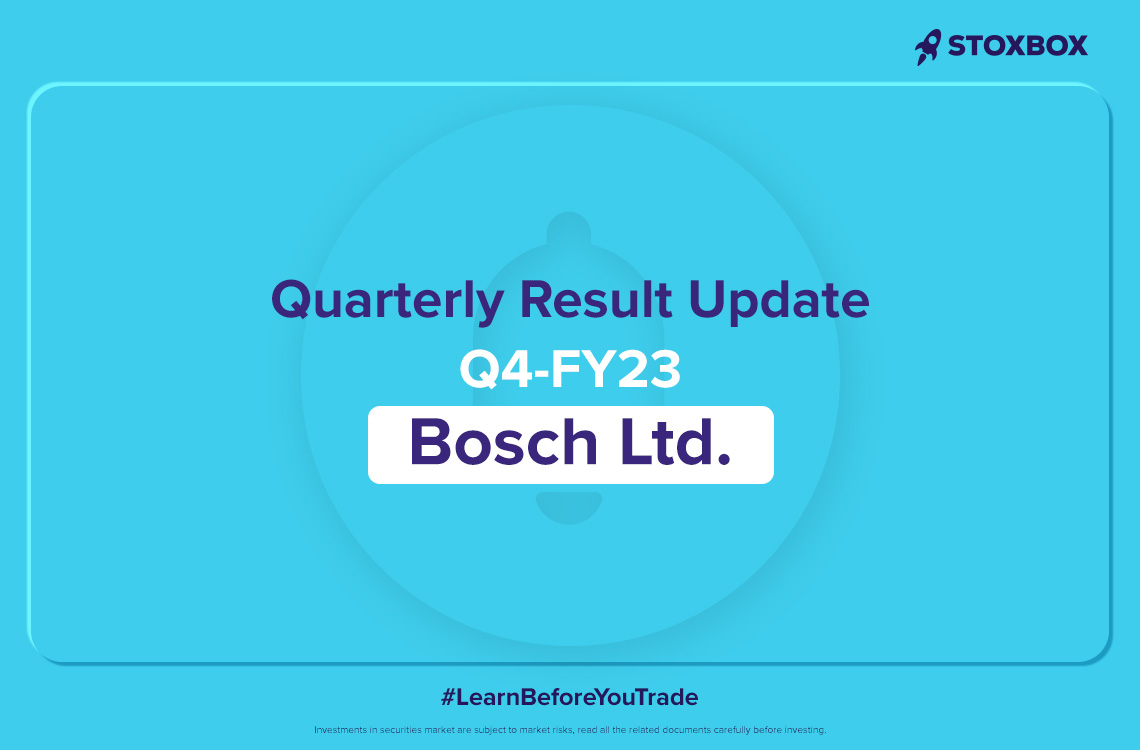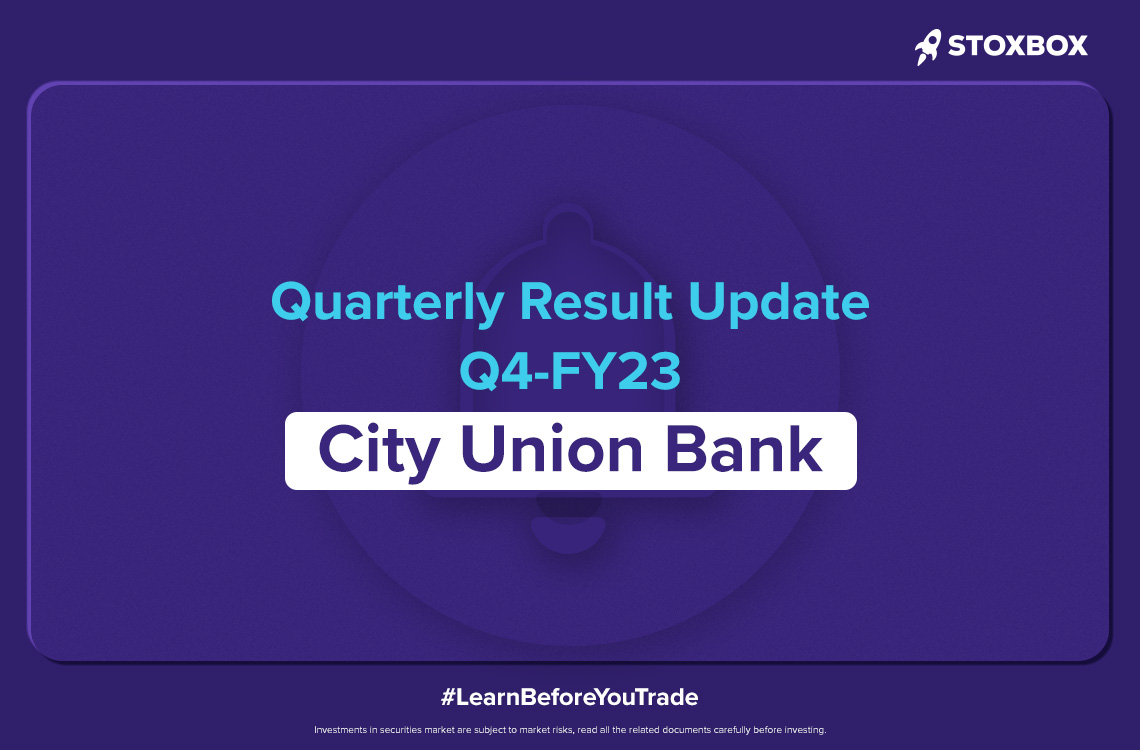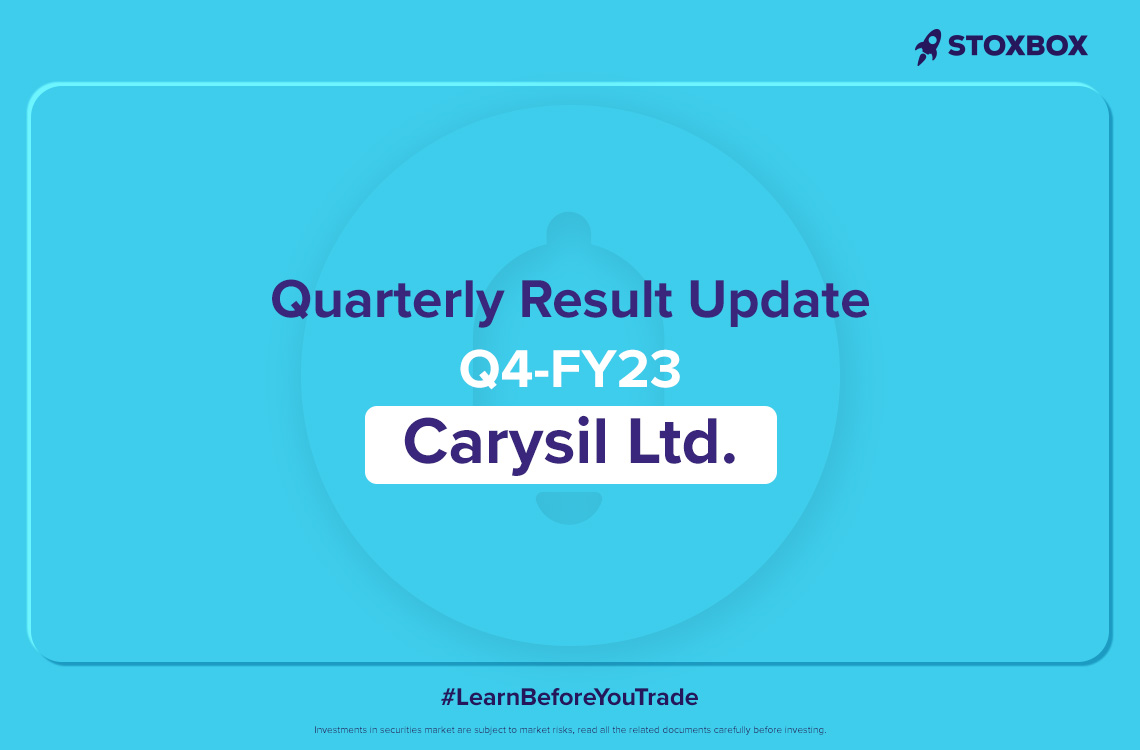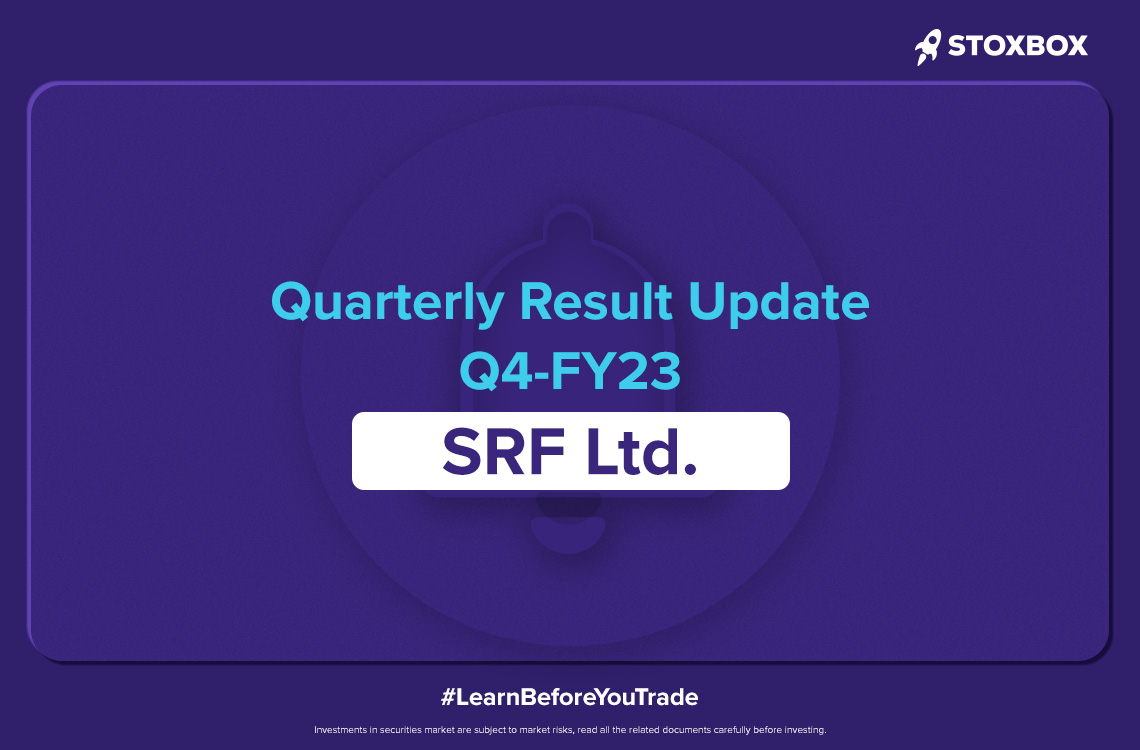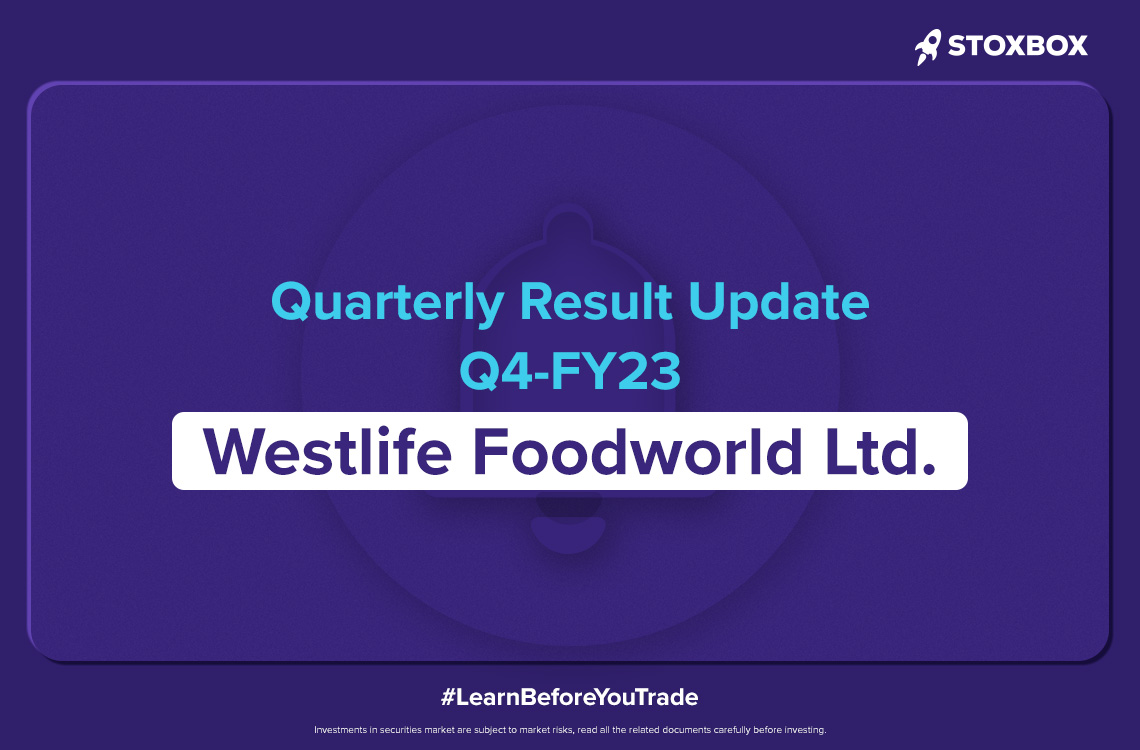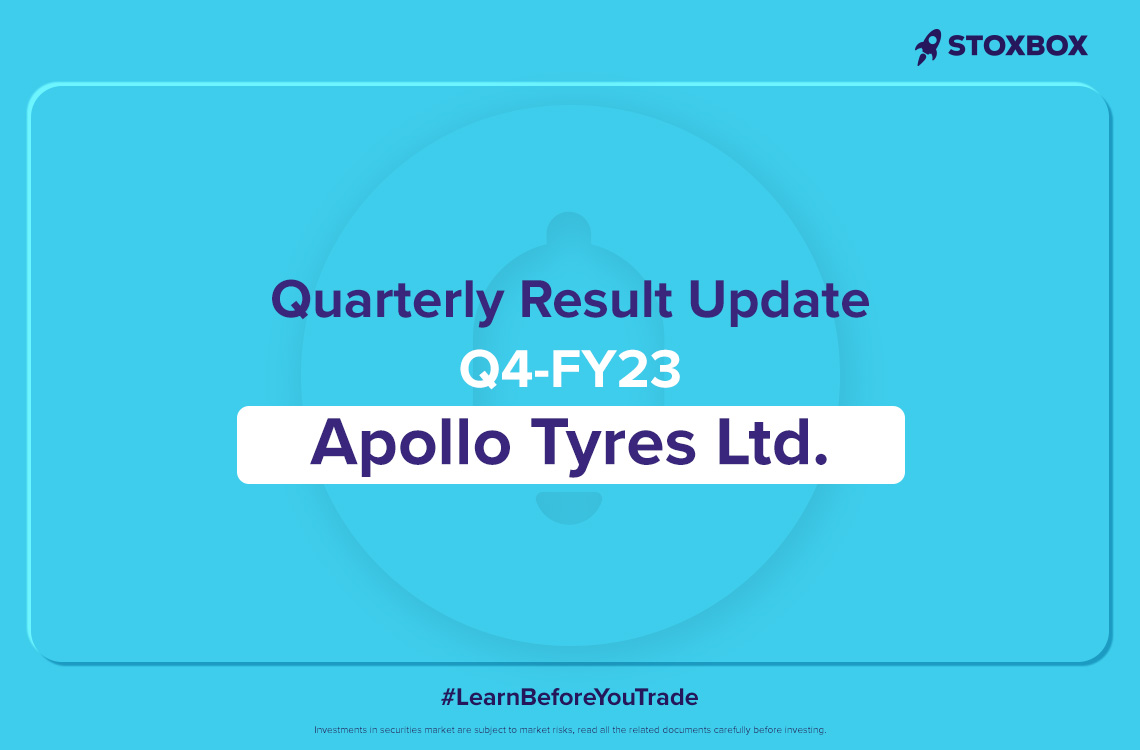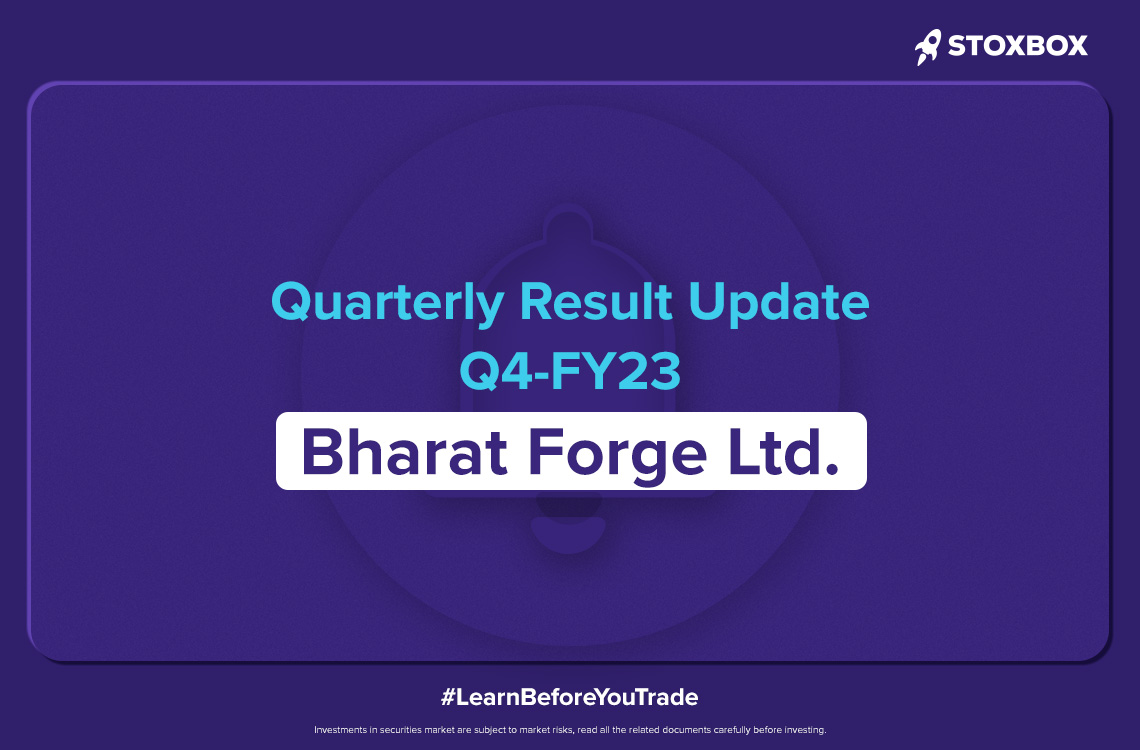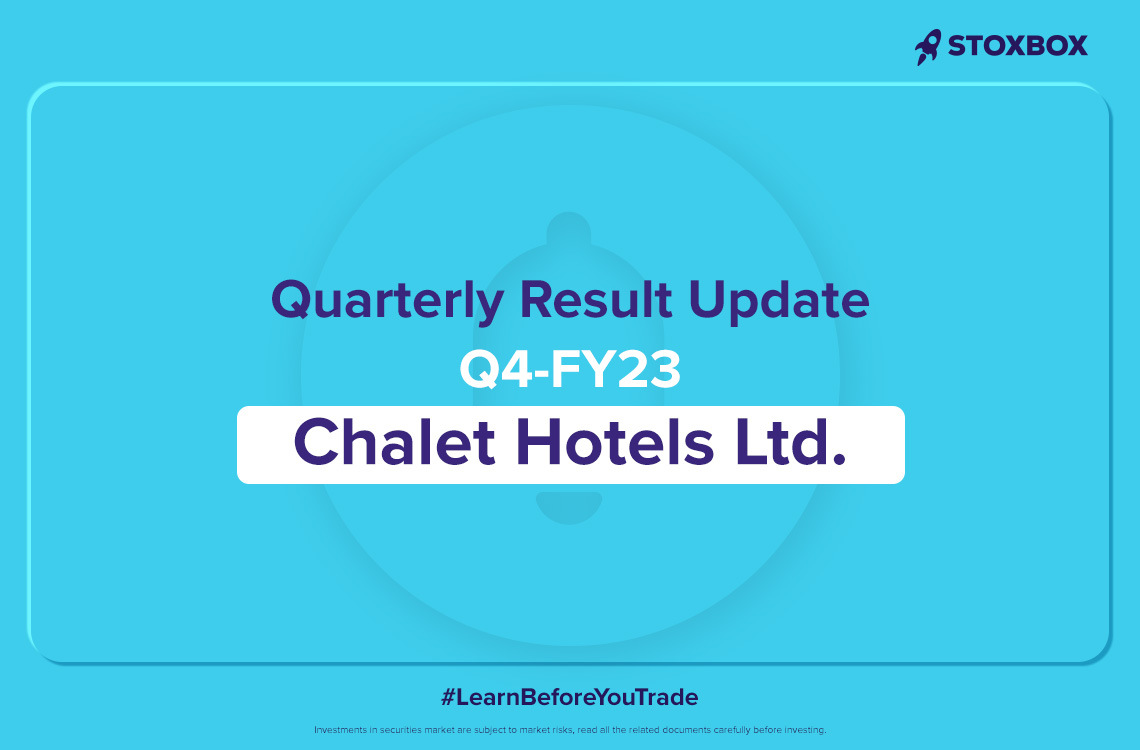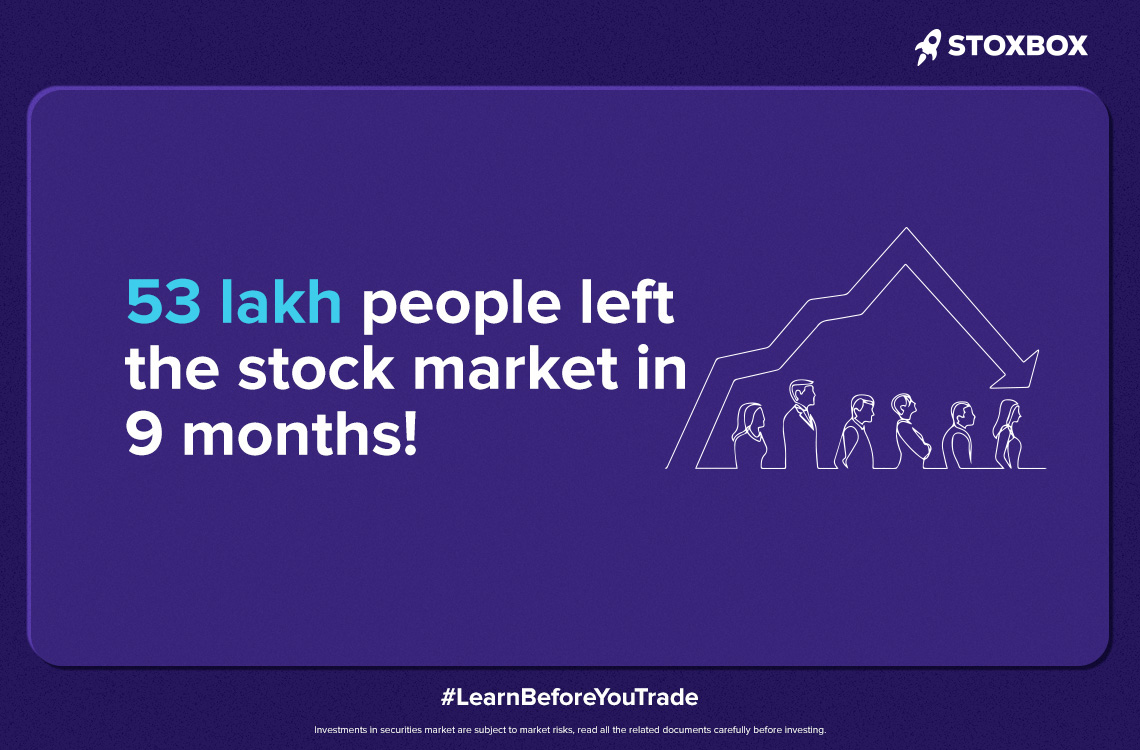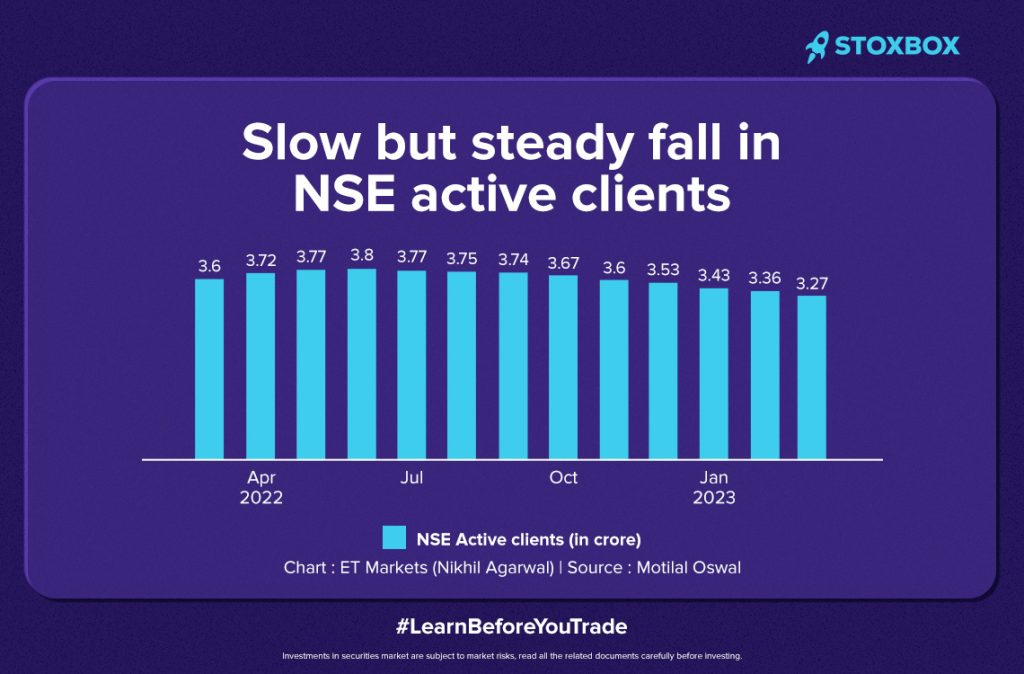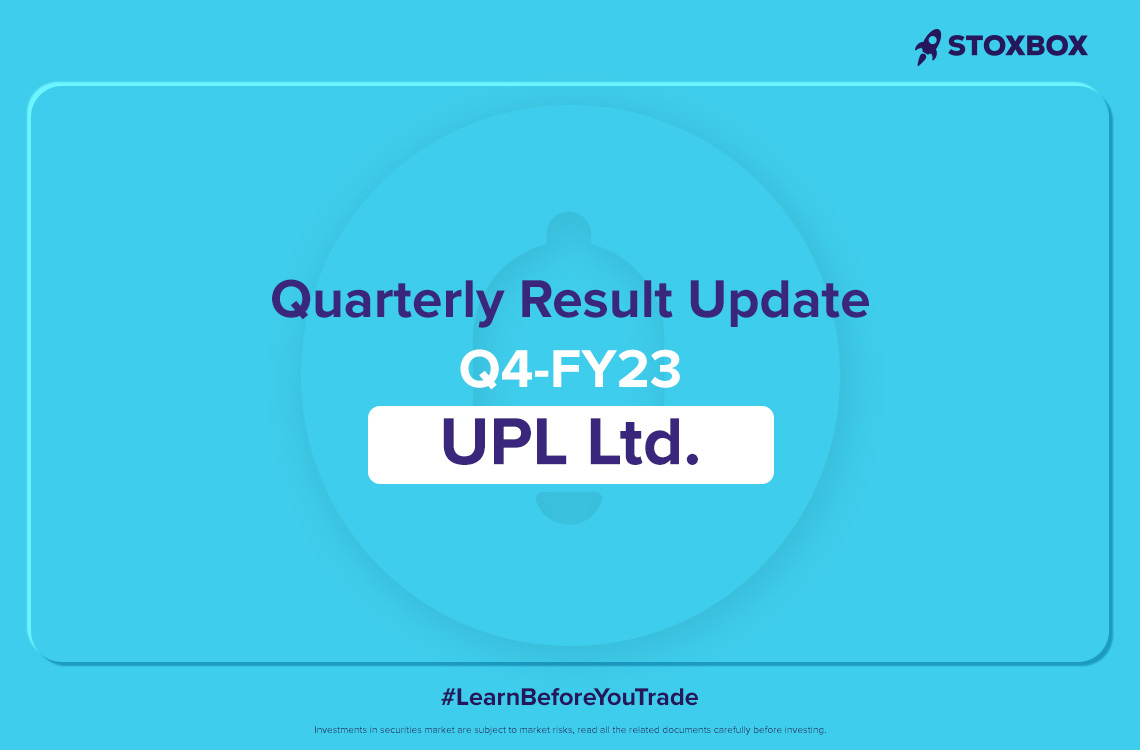In India, Bosch is a leading supplier of technology & services in the areas of Mobility Solutions, Industrial Technology, Consumer Goods, and Energy & Building Technology. Additionally, Bosch has in India the largest development center outside Germany, for end-to-end engineering & technology solutions.
The Bosch Group operates in India through twelve companies: Bosch Limited – the flagship company of the Bosch Group in India – Bosch Chassis Systems India Private Limited, Bosch Rexroth (India) Private Limited, Robert Bosch Engineering & Business Solutions Private Limited, Bosch Automotive Electronics India Private Limited, Bosch Electrical Drives India Private Limited, BSH Home Appliances Private Limited, ETAS Automotive India Private Limited, Robert Bosch Automotive Steering Private Limited, Automobility Services & Solutions Private Limited, Newtech Filter India Private Limited and Mivin Engg.Technologies Private Limited. In India, Bosch set-up its manufacturing operation in 1951, which has grown over the years to include 16 manufacturing sites, & seven development and application centers.
Result Highlights
Bosch Ltd. had a strong financial performance in Q4FY23. Their net sales reached Rs. 4,697 crores, growing by 20.1% compared to the previous year. The recovery in the Indian automotive sector, driven by pent-up demand and the festive season, played a significant role in this success.
The mobility solutions business, which contributes 78% of the company’s revenue, grew by 24.2% YoY to Rs. 3,690 crores. This growth was fueled by the high demand for fuel injection systems, automotive sensors, and electrification solutions. The non-mobility business also experienced a healthy growth of 10.5% YoY to Rs. 1,007 crores, driven by strong demand for power tools, security systems, and packaging technology.
EBITDA for the quarter was Rs. 522.4 crores, a 29% increase compared to the previous quarter and 20% increase YoY. This growth can be attributed to strong sales and cost optimization measures implemented by the company. The EBITDA margin improved to 12.9%, thanks to a favorable product mix, lower material costs, and improved operating efficiencies.
The profit after tax (PAT) for Q4FY23 was Rs. 398.1 crores, reflecting a 13.4% YoY increase and 24.5% QoQ increase. However, the PAT margin decreased to 9.7% due to higher depreciation and other expenses
Valuation and Outlook
Bosch aims to achieve a 15% growth in revenue during FY24. This growth will be powered by key target categories experiencing high single-digit industry volume growth, increased value addition per unit due to OBD2 regulation, and improved semiconductor supply. The company has a strong order book, providing visibility for future growth.
During the quarter, Bosch continued investing in research and development (R&D) activities to improve its product offerings and meet the changing demands of the automotive industry. They also announced plans to establish a new manufacturing plant in Bidadi, Karnataka, to meet the rising demand for electrification solutions and technology-enabled products.
The company expects growth to be driven by an increase in content per vehicle, the opportunity in electric vehicles (EVs), and their healthy operating leverage. This means that as more advanced technology is incorporated into vehicles, Bosch will benefit from higher sales per vehicle. Additionally, the growing market for EVs presents an opportunity for further expansion.
Key Concall Highlights
- Strong order book for the next 3-5 years due to acquisitions related to TREM5 and OBD2 regulations.
- The automotive aftermarket segment saw 15% QoQ growth in Q4FY23, driven by market demand and strategic initiatives.
- Increase in raw material prices, including electronic content costs.
- Employee costs rose by 20.4% QoQ in Q4FY23 due to provisions on retirement-related costs.
- Content per vehicle expected to grow with BSVI phase 2 norms and increased electronic components.
- Semiconductor supply has improved but is not yet normalized.
- Localization is a priority, transitioning from outsourcing to local production based on demand.
Click here to view the detailed report.
You might also Like.
City Union Bank Quarterly Result Update
Originally known as The Kumbakonam Bank Limited, City Union Bank...


